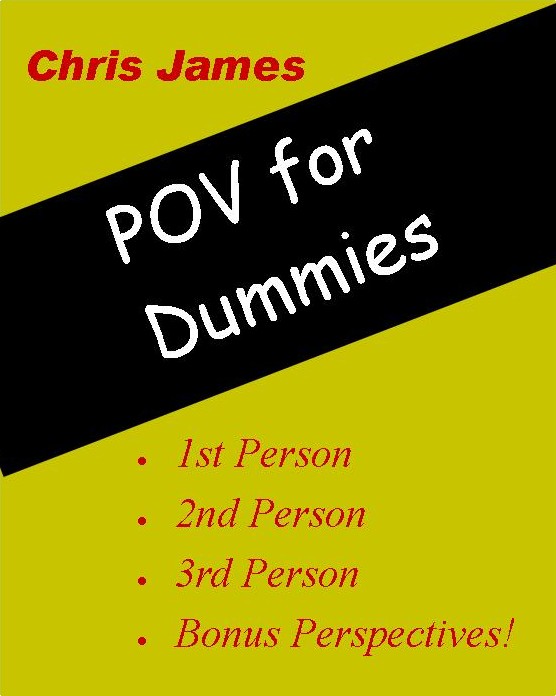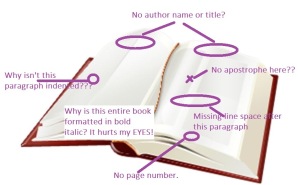 Born and raised on the Canadian prairies, Dianne Greenlay is the author of QUINTSPINNER – A PIRATE’S QUEST and DEADLY MISFORTUNE, Books One and Two in a fast-paced adventure series, set in the 1700’s, in the pirate-infested waters of the West Indies. While DEADLY MISFORTUNE is a brand new release, QUINTSPINNER has gone on to win multiple awards in Best YA (Writer’s Digest), Best Commercial Novel (Eric Hoffer), Best Historical (ReaderViewes) and Book of the Year ( Foreword Reviews) categories, and it has gathered nearly a half million reads on Wattpad in less than 6 months. Straying into the genre of humor/comedy, Dianne is also the author of THE CAMPING GUY, which is available as both a one act comedy (live theater script) and a short story. Continue reading “Meet the Author: Dianne Greenlay”
Born and raised on the Canadian prairies, Dianne Greenlay is the author of QUINTSPINNER – A PIRATE’S QUEST and DEADLY MISFORTUNE, Books One and Two in a fast-paced adventure series, set in the 1700’s, in the pirate-infested waters of the West Indies. While DEADLY MISFORTUNE is a brand new release, QUINTSPINNER has gone on to win multiple awards in Best YA (Writer’s Digest), Best Commercial Novel (Eric Hoffer), Best Historical (ReaderViewes) and Book of the Year ( Foreword Reviews) categories, and it has gathered nearly a half million reads on Wattpad in less than 6 months. Straying into the genre of humor/comedy, Dianne is also the author of THE CAMPING GUY, which is available as both a one act comedy (live theater script) and a short story. Continue reading “Meet the Author: Dianne Greenlay”
Day: April 23, 2013
Getting It Right – PoV for dummies
 Point of View (PoV) is arguably the single most important skill in the storyteller’s armoury. Handled well, the story will benefit enormously; handled badly, the story will suffer enormously.
Point of View (PoV) is arguably the single most important skill in the storyteller’s armoury. Handled well, the story will benefit enormously; handled badly, the story will suffer enormously.
There are three basic storytelling PoVs: First Person, Second Person, and Third Person.
1. First Person PoV is when the writer tells the story through the eyes of the character, e.g.: “I waited at the checkout, but the person in front of me couldn’t make up their mind. If they didn’t hurry, I’d be late for my appointment.”
The main advantage is that the reader is as close as possible to the character’s feelings, and thus should become invested in the character’s story. The main disadvantage is that the writer is restricted to giving only the information which the First Person PoV character knows. Continue reading “Getting It Right – PoV for dummies”
Tips: Top Ten Common Book Mistakes
 Between the submissions we receive here at Indies Unlimited and the ones I receive for consideration for the Hurricane Sandy Library Recovery project, I’ve vetted close to 200 books in the past two weeks. Yes, my eyes are tired, and there’s a slight chance I may be just a teeny tiny bit cranky.
Between the submissions we receive here at Indies Unlimited and the ones I receive for consideration for the Hurricane Sandy Library Recovery project, I’ve vetted close to 200 books in the past two weeks. Yes, my eyes are tired, and there’s a slight chance I may be just a teeny tiny bit cranky.
I’m noticing a lot of common errors while reviewing the previews of these books, which I’m going to list below. People complain (no, I don’t know which people, just people, all right?) that indie and self-published books don’t meet the same level of quality as traditionally published books. I don’t believe that can be made as a blanket statement. What I will tell you, however, is that these errors are DEAD giveaways that a book is a not-so-high-quality self-published product. Isn’t the goal ultimately that someone can pick up an indie book and a traditionally published book and not be able to tell the difference? Well, let’s do away with the issues below and we’ll be well on our way. Continue reading “Tips: Top Ten Common Book Mistakes”
Follow You, Follow Me
 July 2010 I had the idea for a book. A frustrated housewife, facing 50, would write a humorous diary about her life. However, after researching it I realised the diary format was “old hat”, so, after several more glasses of Chardonnay, I had a eureka moment. The woman would write a blog and end up making hundreds of friends online. How difficult could that be? Of course, I had to set up a blog, and then I had to find friends or as I now know them, followers.
July 2010 I had the idea for a book. A frustrated housewife, facing 50, would write a humorous diary about her life. However, after researching it I realised the diary format was “old hat”, so, after several more glasses of Chardonnay, I had a eureka moment. The woman would write a blog and end up making hundreds of friends online. How difficult could that be? Of course, I had to set up a blog, and then I had to find friends or as I now know them, followers.
Setting up the blog was simple enough, even for an internet dunce like me, but followers?
If I tell you that after one year of blogging I had over a thousand people following the blog, then you’ll realise it is easier than you think.
First off though, you need some way of letting people follow your blog so they know when you have posted.
I originally started blogging using Blogger as my platform. It has got even easier to use over the last two years. First, make sure you are signed into your blog. Top right of your blog will show three options: NEW POST, DESIGN, LOGOUT. Click on DESIGN then on “Layout” to be found on the left hand side. When clicked, it turns orange. That should open a page similar to this: Continue reading “Follow You, Follow Me”
